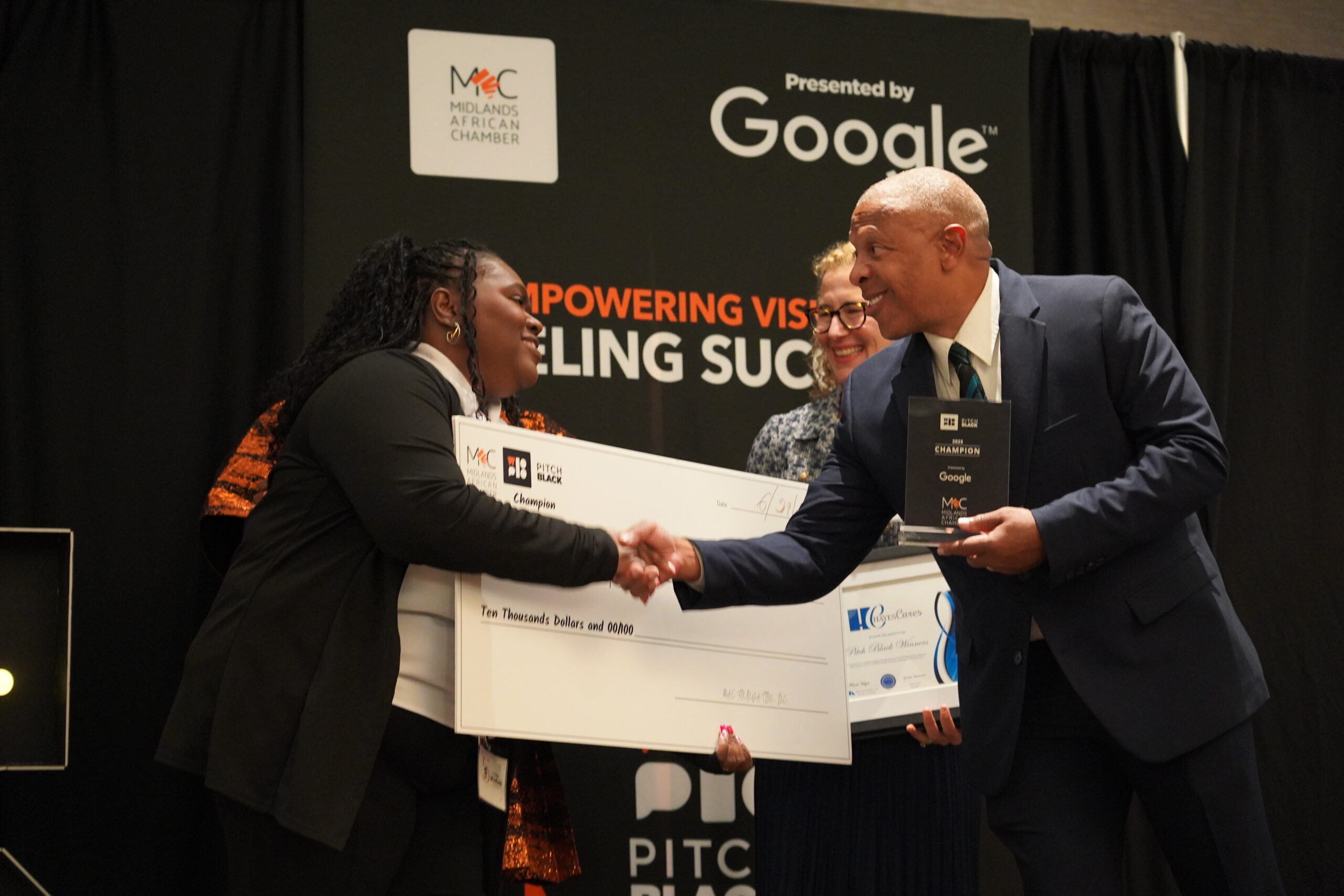 About the Author: William Fisher, a partner at Treetop Ventures in Omaha, is a regular guest contributor to Silicon Prairie News. In his series, View from the FishBowl, Fisher calls on his experience as a business executive and technology investor to lend his advice to entrepreneurs in the Silicon Prairie.
About the Author: William Fisher, a partner at Treetop Ventures in Omaha, is a regular guest contributor to Silicon Prairie News. In his series, View from the FishBowl, Fisher calls on his experience as a business executive and technology investor to lend his advice to entrepreneurs in the Silicon Prairie.
For Fisher’s bio, including a listing of companies he has been or is involved with, visit treetopventures.com.
Contact Fisher at fish@treetopventures.com.
Subscribe: View from the Fishbowl RSS. (Paste URL into your Google Reader.)
“I would tell you,” Fisher says, “that you can’t know too much about how you expect the business to generate revenue and utilize expense dollars. The more credible you are here, the more likely you are to get funding.” Photo by Raphaël Labbé via Flickr
In my last article, I explored how to answer the question regarding how to create the perfect pitch. In my opinion, it is predicated on you being able to understand your audience, the company you are presenting and any outside elements that influence the decision. After you understand these items, then you are ready to follow some simple rules and create a winning presentation.
Therefore, keys to a good pitch are:
- Know your audience (and we talked this last time)
- Be knowledgeable about the company you are creating and the industry it is in
- Follow some simple rules to put together the pitch
Industry research
Now that you know who you are pitching to, the next area to research is what is happening in the industry that helps/hurts you as it relates to your proposed company. Read the current investor websites; read the good VCs who blog and listen to what they are saying (Brad Feld, Fred Wilson, etc.). If you have a “deals” site like Groupon and are looking to present it to VCs at this point in time, you probably should be smart enough to figure out that the odds are against you.
Groupon came on the scene like gangbusters; lots of imitators showed up and then the market began to gravitate beyond the excitement of a new way to purchase deals (and Groupon was creative here) into the more realistic issues around merchant renewal, the cost of the sales force, etc. Right now, mobile is hot as is local advertising and cloud services/products. Be able to be crisp about what sector of the market you are in and what is happening in it; for sure, the VC’s will be crisp and it is embarrassing when they ask about something that is changing your industry and you don’t know anything about it.
Find companies that have been successful in the space and get as much data as you can from them through various sources. For example, if they are public, then there is a treasure trove of data about them in various places. They do quarterly filings with the SEC and this information is available and easy to put your hands on. It will tell you important things regarding strategy in their management summary; you can calculate stats (sales production per rep, gross margin, marketing costs as a percentage of sales) that make you are credible when you are talking to investors. I like to go to the investor website of a public company and get copies of the presentations they have made at recent investor conferences. Lots of market data available here and it is current; lots of good graphical representations by companies who are funded well enough to afford people to research this stuff.
Your company fits into the overall business world in some manner; know how the investment world categorizes your company and then learn everything you can about this industry.
However, how you decide to present the information opens up a variety of issues that you need to think through before you craft your presentation.
Sales plan
One really big item that needs to be thoroughly investigated is the sales plan for the company. Is it direct (effective but very expensive)? Is it through distributors (typically more reasonable but not as effective as they have other products they can sell besides yours)? How many markets? Why? Which ones first? Why?
Other items include: What is the pricing model? Are there alternative pricing models? Why did you choose the one you did? Product development; is it off-shore or local? Why?
I would tell you that you can’t know too much about how you expect the business to generate revenue and utilize expense dollars. The more credible you are here, the more likely you are to get funding. Make sure you and your CFO have modeled various funding levels and uses of monies along with the rates of return that investors will get at different levels of funding and ownership. This is information that you don’t want to share with any investors but it is very critical that you understand it as they are going to take your model and create this valuable information. I like acting like I don’t understand what the rates of return would be for an investor at various prices; believe me, I do.
You must know your company, your competition and how you will go forward in the areas of sales, marketing, product development, etc. Your logic must be consistent with your financial model and you must be willing to adapt that model if needed. Example: Hou can build a business with a direct sales force or with partners; both will and have worked. However, you must know the differences between the two and the reason you have chosen one over the other.
The pitch
We are getting to the pitch; just getting the ingredients together before we begin to mix and stir. Now, you should have a lot of knowledge about your audience and also a lot about your company and how it fits (both within the competitive framework and financially based on how you have decided to run the business). Next, we will create the pitch. For those of you without any patience, you need to learn from those who have.
My wife is the family artist when it comes to divinity. If you have ever tried to make it or have a friend who has, it is difficult to pull off. If you mess it up, it becomes an alternative to either Silly Putty or caulking compound. When it is done right, it is silky smooth and melts in your mouth without weighing anything at all (the sensation is that you aren’t eating anything so there can’t be any calories in it). One of my wives sisters asked her what the secret was; she will kill me for telling but here it goes. Throw away the batches until it works! It is hard to pull off right the first time; keep this in mind as we discuss how to create the winning pitch in my next article.




